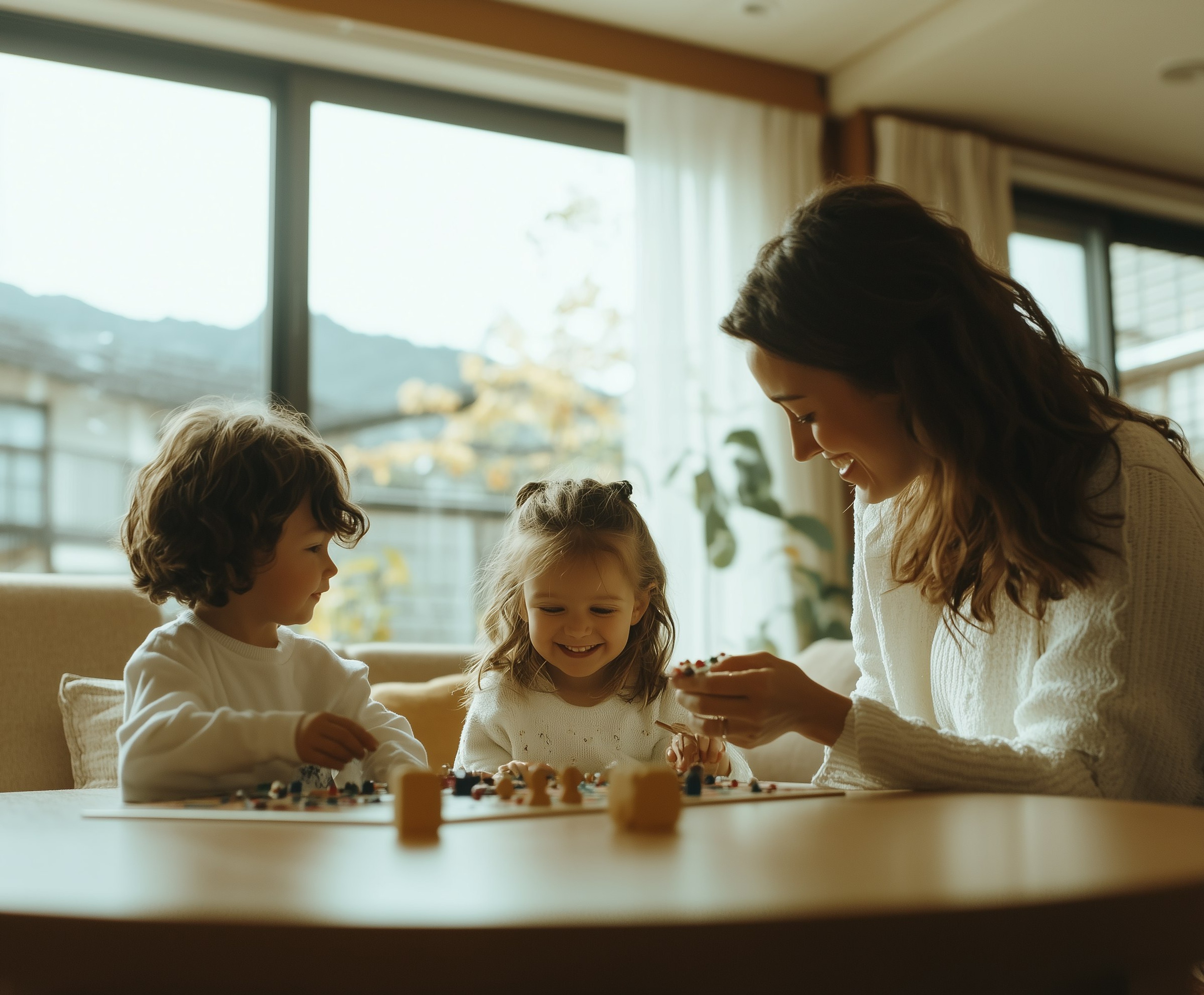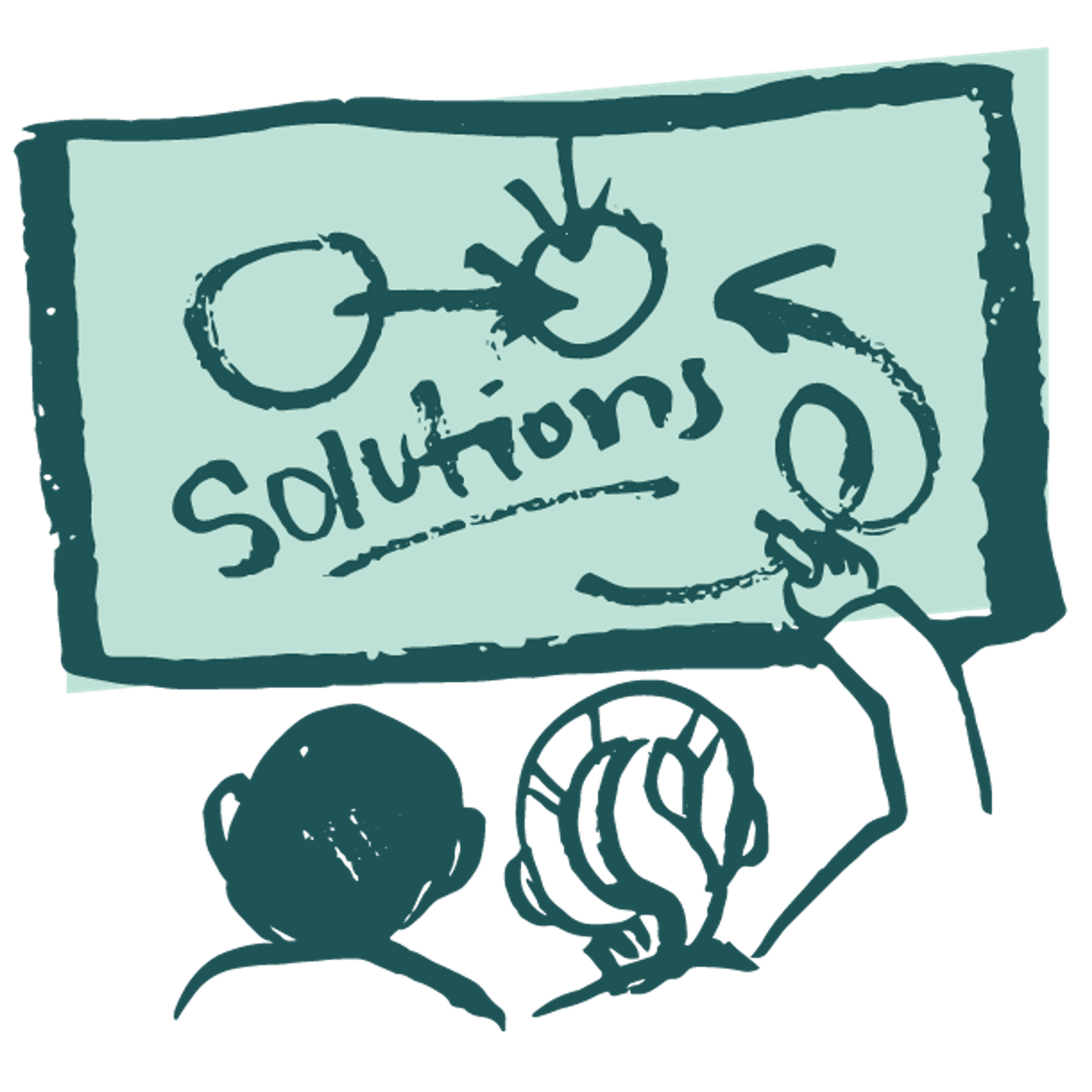Re-framing Anxiety: How We Can Help Kids Navigate it in a Positive Way
By Jenna Galloway, Founder & CEO of Fledge
Anxiety is a word that comes up often when working with children and teens. I frequently hear, “I have anxiety” or “I’m just a really anxious person.” While young people may not always have the vocabulary to express what they’re feeling fully, this language has a significant impact. How we discuss anxiety, especially with younger children, can equip them with the right tools to manage it in a healthier, more constructive way.

Understanding anxiety: we all experience it
One of the most important things I want kids to know is they’re not alone. Anxiety is something every single person experiences. Whether it’s the flutter of nervousness before a big test, or a racing heart before trying something new, these feelings are universal. What varies is how we understand and respond to these emotions.
I’ve personally battled with anxiety, both in a clinically diagnosed form and experiencing the day to day ups and downs—the anticipation, excitement, fear and nervousness. It taken a lot to be able to do many things as an entrepreneur with anxiety—for example (and I know lots of people experience fear of public speaking), you’ll often see me with a cold water bottle pressed on my wrists before doing a panel or speaking in front of an audience. There are tricks and then more practiced strategies I use to overcome the overwhelm that anxiety often triggers. Daily practices centered around meditation and mindfulness have allowed me to move forward and accomplish things that previously felt impossible. It has helped me build resilience and an openness to ‘trying’—focusing on learning and adjusting as I go when things ‘fail’ instead of giving up entirely and shutting down.
Shifting my perspective around anxiety has also helped me to cope. It’s important to recognize that while anxiety can feel overwhelming, it’s also a natural part of life. Someone very wise once told me, “sometimes positive change can feel like ‘anxiety’ because it’s something we have not experienced yet and the unknown is sometimes scary and unfamiliar!” I try to tell myself this when I am doing something new, or if I feel myself getting overwhelmed before going into a situation I have not navigated before—whether that be a meeting with a potential investor, a presentation with a school board, or navigating a challenge with my team!
By normalizing this experience, we help children understand that feeling anxious doesn’t mean something is wrong with them—it’s a part of being human.

Anxiety comes in different intensities
A key part of re-framing anxiety is helping kids understand that it isn’t always an all-or-nothing experience. Anxiety has different levels of intensity, and learning to recognize these levels can be empowering. Sometimes, we feel a small, manageable level of anxiety—a bit of tension before a performance or presentation. Other times, the feeling can be more intense, like a wave crashing over us.
Teaching kids to identify their anxiety on a spectrum can help them articulate what they’re feeling. Are they just a little nervous, or is it something bigger? Recognizing the intensity of anxiety allows them to respond with the right tools—whether that’s taking deep breaths, talking to someone, or simply giving themselves time to calm down.

Re-framing anxiety as a helpful emotion
One of the biggest challenges is the negative connotation surrounding anxiety, especially in today’s culture. Kids hear the word "anxiety" and immediately associate it with fear or something “bad.” However, anxiety isn’t necessarily a negative emotion—it’s a protective response our body uses to help us stay alert and navigate uncertainty.
For example, anxiety can help us stay focused before an important task or warn us when we’re entering an unfamiliar situation. It’s all about how we frame the emotion. When we teach kids that anxiety can be helpful, they can begin to approach it differently, seeing it as a tool for managing new experiences rather than something to fear or avoid.
In fact, someone once told me that “change can feel like excitement in disguise.” When we shift how we view anxiety, we turn what might feel like a problem into something that can be beneficial. This mindset is key in helping kids feel more in control.
3 practical tips for empowering children to re-frame anxiety
Here are three strategies you can use to help children build a healthier relationship with anxiety:
- Normalize Anxiety Remind kids that everyone experiences anxiety at some point. Share stories of times when you’ve felt anxious to help them understand they aren’t alone in their feelings. Don’t be afraid to model giving things a shot for your kids! When they see you trying, it will inspire them to do the same. 😊
- Teach the Intensity Scale Help kids identify and express the intensity of their anxiety. This can empower them to respond in more productive ways depending on how they’re feeling. You can learn about the “Anxiety Thermometer” in the Fledge activity, “What is Anxiety”!
- Re-frame Anxiety as Helpful Encourage children to see anxiety as something that can guide them or help them stay focused. By changing how they view the emotion, they’ll be better equipped to handle it. Encourage conversation around how we can’t always get things ‘perfect’ or ‘right’ the first time and that it’s okay to ‘fail’ as long as you’re trying hard and learning
Anxiety isn’t something to be feared or avoided. When we re-frame it as a natural, even helpful emotion, we give kids the tools they need to navigate their world with resilience.
---
Want more tips on supporting children’s emotional health? Subscribe to our blog for regular insights or contact hello@fledge.health to get access to our “What is Anxiety” module on the platform!



